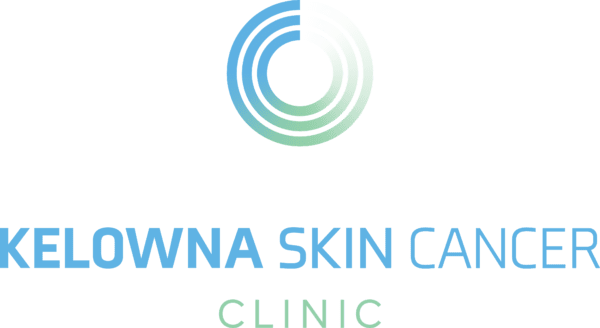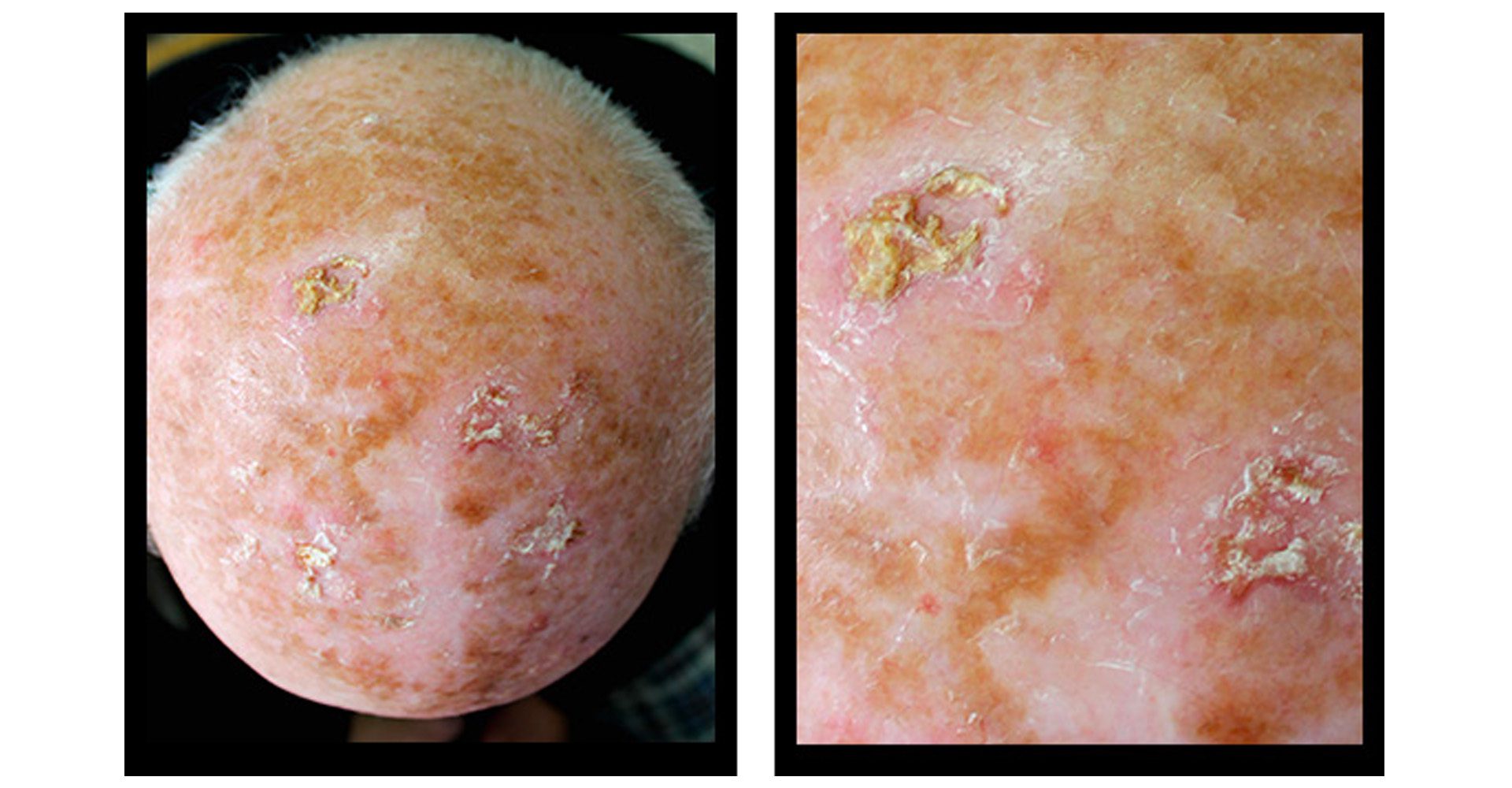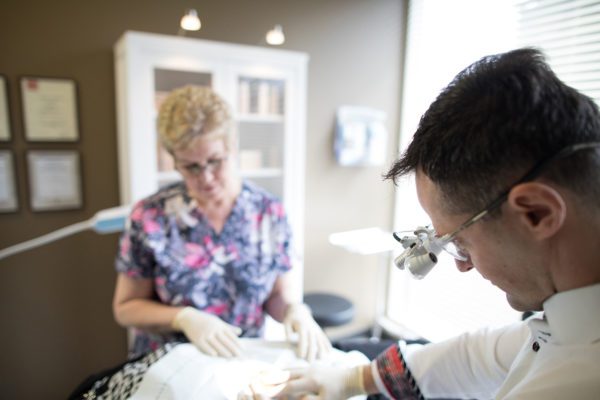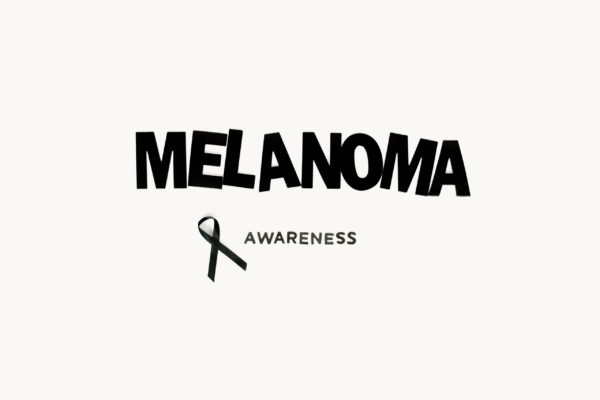Actinic Keratosis (pre-cancer) is a very common and frustrating condition in the field of skin cancer. My patients often end up feeling despondent, because these pre-cancerous lesions keep popping up despite countless uncomfortable treatments with liquid nitrogen. Is there anything else we can do other than play whack-a-mole with liquid nitrogen? YES!
Photodynamic Therapy
Photodynamic therapy is a great option for treating a cluster of actinic keratosis (AKs) in a specific “field” or area of skin. For example: if you keep getting actinic keratosis on your face, we can apply a medicated cream to your entire face, treating all the pre-cancerous lesions from actinic keratoses in one go, as well as reduce the number of new AKs developing.
Photodynamic Therapy (PDT) is not for everyone. It is expensive and comes with its own set of challenges, but it is a very effective alternative.
PDT involves the use of a light-sensitive medication and a source of light to obliterate abnormal cells. Light triggers a reaction in the photosensitive drug, resulting in destruction of pre-cancerous cells. It is a preferred treatment option for those parts of the body where a light source can reach easily, such as the scalp, face, hands, chest, or feet.
We used to be able to do PDT only with an artificial light source, which was very painful. Luckily, a new medication was developed that allows us to use regular daylight to activate the drug. It has the same efficacy as conventional PDT, with minimal or no treatment-associated pain. Same Gain, Less Pain!
Treating Pre-Cancerous Lesions With Daylight PDT
- First a sunscreen with SPF 30 or higher gets applied to the treatment area. This will protect your skin from the UV-rays but will not block the daylight.
- So the medication can penetrate the skin well, AKs may need to be lightly scraped to get rid of any thick, crusty areas.
- The Metvix cream is then applied to the treatment area and the area is left uncovered.
- To activate the Metvix cream, you will be asked to go outside for light exposure. Daylight exposure should begin within 30 minutes of Metvix cream application and be 2 hours in duration.
- After the 2 hours of daylight exposure, wash the treatment area.
- Following treatment, stay indoors for the next 48 hours.
What Happens to Skin After it’s Treated?
You may experience the following symptoms in the treated area:
- Pain and swelling
- Stinging, itching, and tenderness
- Mild to moderate burning sensation
- Redness, flushing, or temporary loss of skin colour
- Drying and cracking of the skin, scabbing, and or scaling
These symptoms are usually most noticeable two or three days after treatment, and resolve completely within several weeks of treatment.
Although Actinic Keratosis will likely always be our nemesis, at least we have some exciting and effective treatment options available!
Do you have questions about Photodynamic Therapy, Actinic Keratosis or anything related to skin cancers? We’d love to hear from you. Contact us.




